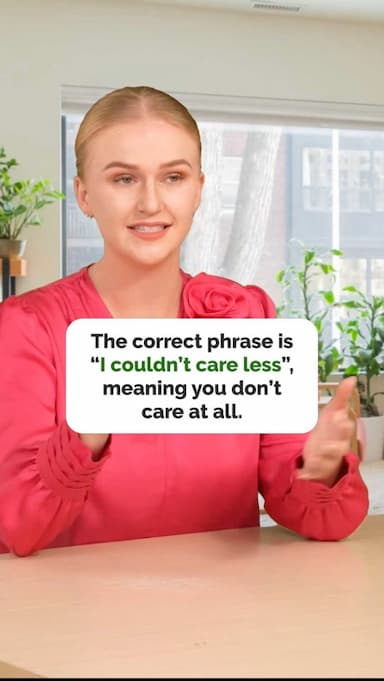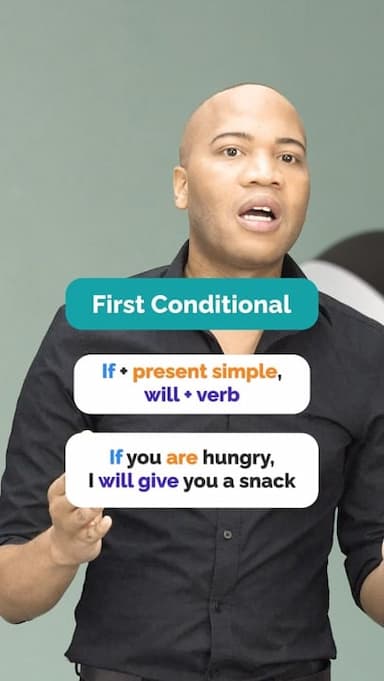Lie vs. Lay Explained
The verbs “lie” and “lay” often confuse English learners, but understanding their differences is simple. Use “lie” when referring to reclining or resting yourself, and “lay” when placing something down.
For example:
• Lie: “I’m going to lie down after lunch.”
• Lay: “Please lay the book on the table.”
Remember, “lay” always requires an object, while “lie” does not. In the past tense, the forms change slightly: “lay” is the past tense of “lie,” while “laid” is the past tense of “lay.”
Practice these examples:
• “Yesterday, I lay on the couch for hours.”
• “She laid her bag on the chair.”
Mastering this rule will help you speak and write more accurately. Watch the video for more clarity and examples!
Get the full app experience
Engaging video lessons and fun quizzes to help you ace your English.
Improve your English Level
Improve your pronunciation
Practice conversations
Sharpen your listening Skills
Fix common mistakes in English
Learn Grammar in a fun way
Expand your English Vocabulary
Coming soon to Google Play
© 2023 fluentjoy.com












